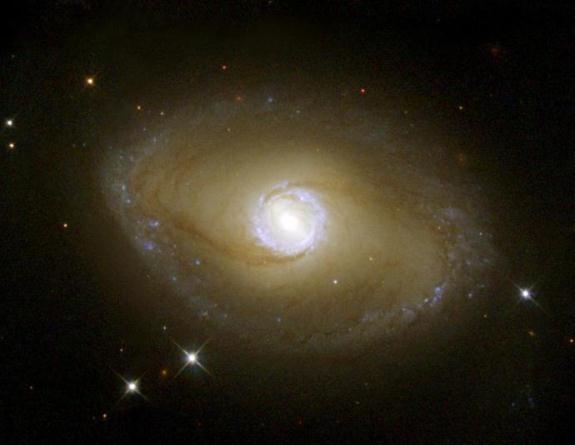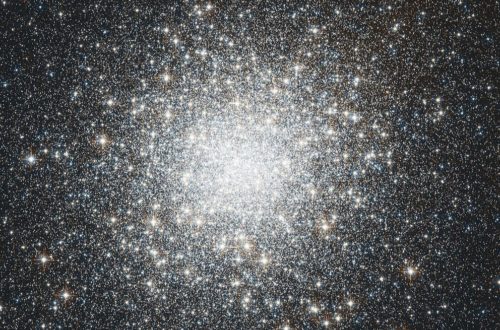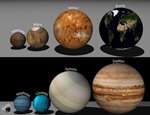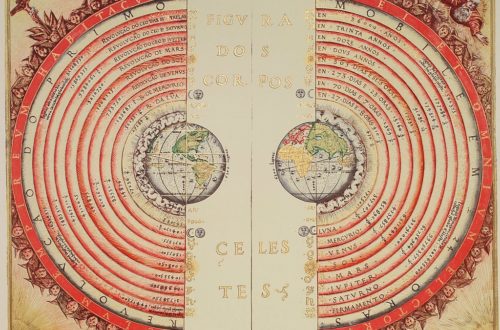Astronomy Picture of the Week – NGC 6782
This spiral galaxy is called NGC 6782. When seen in visible light, it exhibits tightly wound spiral arms that give it a pinwheel shape similar to that of many other spirals. However, when viewed in ultraviolet light with NASA’s Hubble Space Telescope, its shape is startlingly different. The galaxy shows a spectacular, nearly circular bright ring surrounding its nucleus. This is due to the fact that ultraviolet light has a shorter wavelength than ordinary visible light, and is emitted from stars that are much hotter than the Sun. Therefore we can assume that the ring is made up mostly of recently formed hot stars.

NGC 6782 is a relatively nearby galaxy, located about 183 million light-years from Earth. The Hubble image of NGC 6782 was taken with the Wide Field Planetary Camera 2 (WFPC2) in June 2000 as part of an ultraviolet survey of 37 nearby galaxies. Additional observations were made by the Hubble Heritage Team in June 2001. The color image was produced by combining data from both observing programs.
Image Credits: NASA and The Hubble Heritage Team (STScI/AURA)
Acknowledgment: R. Windhorst (ASU)
Would you like to receive similar articles by email?






2 Comments
Paul Tomaszewski
I totally agree. Currently only the galaxies closest to the Milky Way have been named. In most cases they have been named after the constellations they appear to be located in from the Earth’s vantage point. Like for example Andromeda, Triangulum, Pegasus, etc.
underde
It’s beautiful and deserves a name that’s better than “NGC 6782” I know it probably means something to NASA…but still 🙂